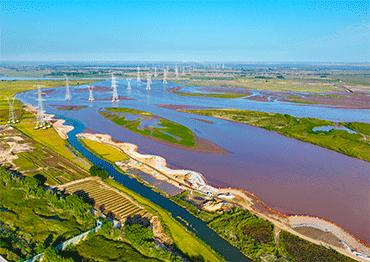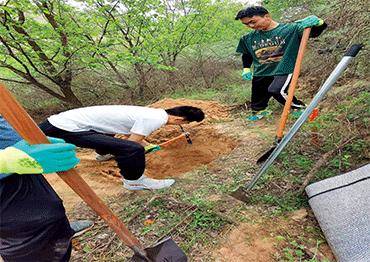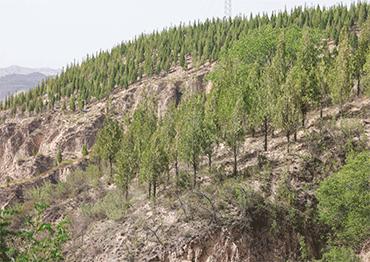As China sets ambitious goals to achieve carbon peak by 2030 and carbon neutrality by 2060, the country has ramped up efforts to meet the targets through various measures, including the establishment of a carbon market.
Guo Qingjun from the National Forestry and Grassland Administration told media at a Beijing press conference in August 2024 that the annual carbon sink capacity of China’s forests and grasslands has exceeded 1.2 billion metric tons of carbon dioxide equivalents, making China the world leader in this category.
In 2011, China launched pilot carbon emissions trading schemes in regional markets. Over the years, several regional carbon exchanges have been established to facilitate local carbon trading activities. The National Carbon Emission Trading System (ETS), China’s nationwide carbon market, was launched in 2021. Initially focusing on the power sector, the market now covers over 2,250 major emitting entities, accounting for approximately 5.1 billion metric tons of annual carbon dioxide emissions – more than 40 percent of China’s total CO2 emissions – making it the world’s largest carbon market by volume of greenhouse gas emissions covered.
China’s carbon market consists of two segments: mandatory and voluntary carbon markets. The mandatory market trades “carbon emission allowances” (CEAs), while the voluntary market trades “China Certified Emission Reductions” (CCERs), which are voluntary emission reduction projects developed by operators in line with State-mandated methods, including carbon sink projects.
Under the Measures for the Administration of Carbon Emissions Trading (for Trial Implementation), key emitting entities may offset their carbon emissions by using CCERs to settle their CEAs each year.
As of September 2024, the trading volume of CEAs had reached around 440 million metric tons, with a transaction value of 24.9 billion yuan (US$3.41b). This covers annual carbon dioxide emissions of approximately 5.1 billion metric tons.
In addition to the energy sector, the national carbon market has recently begun planning to include other key industries, such as steel, cement and aluminum smelting.
Zhang Qian, a lecturer at the School of Economics and Management at Beijing University of Agriculture, said that if companies’ carbon emissions exceed their allocated CEAs, they will face the additional cost of reducing emissions and purchasing CEAs from the national carbon trading market. Alternatively, they can purchase CCERs from the voluntary emissions market to offset their emissions.
However, there are restrictions on CCERs – key emitters can offset no more than 5 percent of their required CEAs using CCERs. This regulation aims to prevent companies from over-reliance on carbon sinks.
Professor Pang Jun from the School of Ecology and Environment at the Renmin University of China in Beijing told NewsChina that the primary goal of the carbon market is to set a reasonable overall carbon emission cap for enterprises.
Introducing CCERs effectively increases the total carbon allowance supply. If the offset ratio is set too high, it would undermine the effectiveness of carbon emission reductions, countering the policy’s original intention. Therefore, the offsetting of CCERs must be kept within a controlled limit.

 Old Version
Old Version


